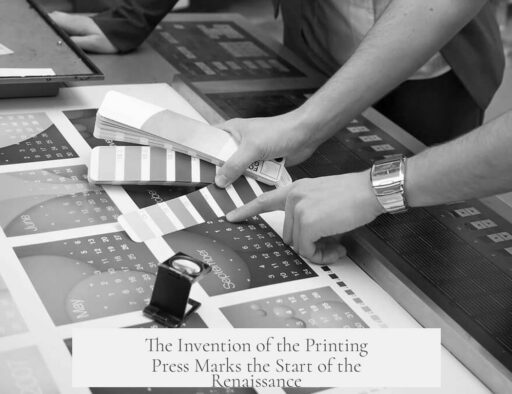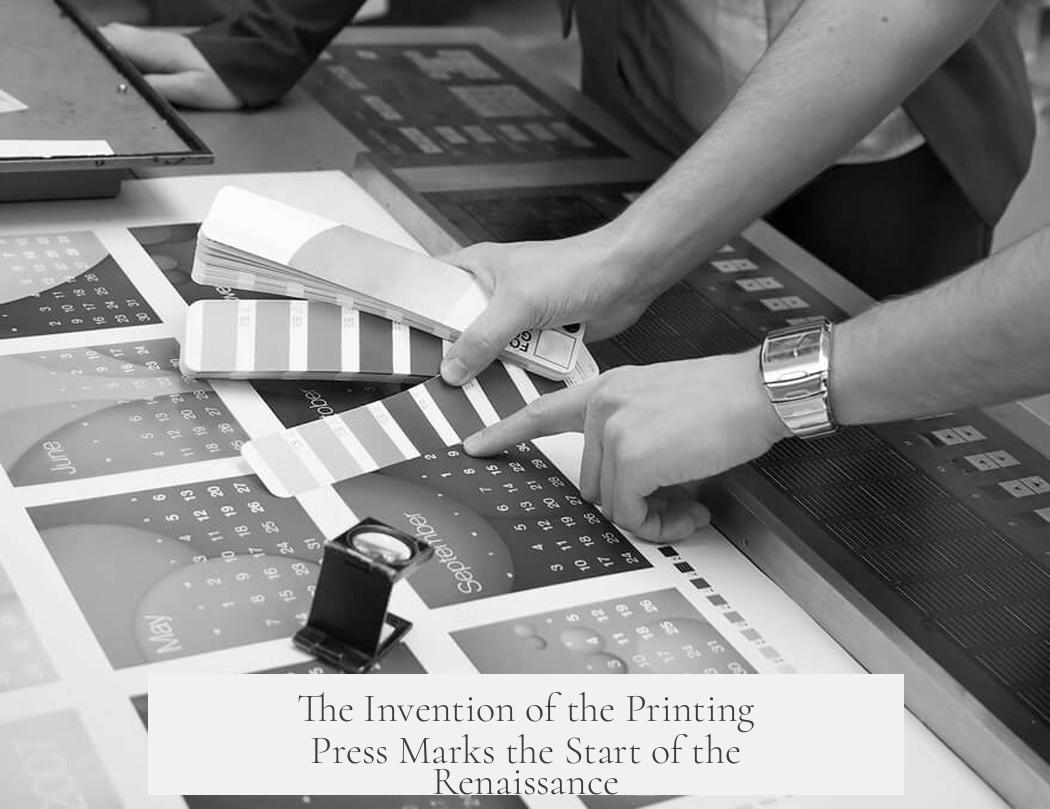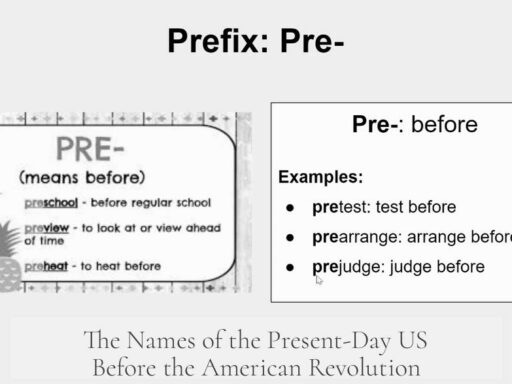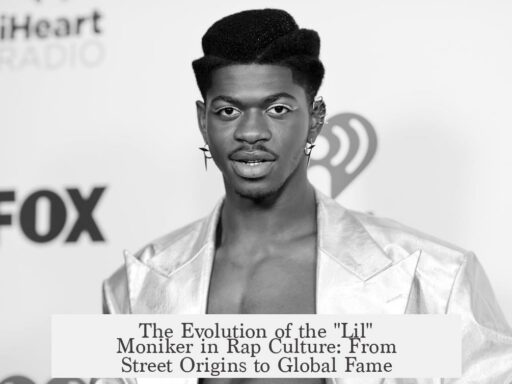There is no single event marking the beginning of the Renaissance; instead, it is a gradual cultural and intellectual process spanning the 13th to 15th centuries. The Renaissance emerges from a series of favorable conditions, combining economic, social, and intellectual breakthroughs. Numerous factors converge, mainly in Italy, to spark this transformative movement that reshaped European history.
The Renaissance roots trace back to 13th-century Florence, with intellectuals such as Dante, Petrarch, and Boccaccio heralding new ideas. Their writings challenge medieval doctrines and emphasize humanism and individual inquiry. This early movement, mixed with recovery from the Late Medieval period, reflects a slow but profound cultural shift rather than an abrupt change.
The influx of Greek scholars following the fall of Constantinople in 1453 is pivotal. As Eastern Roman scholars migrated to Italy, they brought with them ancient Greek texts and knowledge. These rediscovered works fueled renewed interest in classical antiquity and accelerated intellectual development across Europe.
Another essential element is the reintroduction of Greek language and literature in Western Europe. For centuries, many classical texts were lost or available only in Latin translations. When scholars began learning Greek again, they accessed the full Classical tradition. This access enabled a comprehensive revival of art, philosophy, and science based on ancient Greek and Roman foundations.
Economic prosperity supports the Renaissance’s growth. Particularly influential was the Medici family in Florence, whose banking wealth financed artists, architects, and scholars. The Medici’s financial ties to the Vatican and European courts created a wealthy class ready to patronize the arts and humanities, fostering cultural innovation.
The establishment of universities further accelerates Renaissance ideas. Medieval institutions like Bologna, Paris, and Oxford, originally focused on religious studies, broaden in scope. They start training in secular disciplines, spreading humanist thought beyond clerical boundaries into wider society.
Technology also plays a crucial role. The spread of paper from Asia in the 1200s and the invention of the printing press in the 15th century dramatically increase the circulation of ideas. Books become more accessible, and literacy spreads, allowing Renaissance concepts to reach a larger population quickly and effectively.
Among symbolic moments discussed for pinpointing the Renaissance’s start is Petrarch’s ascent of Mount Ventoux in 1336. Though not an “event” per se, this climb symbolizes a shift toward humanist values emphasizing self-awareness and individual experience. Similarly, Copernicus’s later work, published in the 16th century, represents the culmination of Renaissance scientific inquiry.
The Black Death (1347) also indirectly influences the Renaissance. By drastically reducing Europe’s population, it shifts economic dynamics, increasing wages and wealth for survivors. This change creates a more affluent class with the leisure and resources to fund artistic and intellectual projects, encouraging secular study and appreciating artistic expression.
| Factor | Description | Impact |
|---|---|---|
| Literary Figures | Dante, Petrarch, Boccaccio’s works in 13th-14th centuries | Set early humanist tone |
| Fall of Constantinople (1453) | Greek scholars migrate to Italy with ancient texts | Rediscovery of Greek classics |
| Economic Growth | Medici bank and patronage system | Funding for arts and science |
| Universities | Shift to secular education | Spread of Renaissance learning |
| Technology | Paper and printing press innovation | Dissemination of ideas |
| Black Death | Population decline and economic shifts | More wealth for cultural investment |
The Renaissance begins primarily in the Italian city-states of Florence, Venice, and Milan. Florence, in particular, becomes a hub of humanist culture during the early 15th century. In 1403, historian Leonardo Bruni praises Florence for its political freedom and civic humanism. Additionally, teacher Manuel Chrysoloras’s arrival in Florence in 1396 to teach Greek language marks a crucial educational milestone.
Despite its framing as a “rebirth,” the Renaissance also represents a continuous transition out of the Middle Ages into the Early Modern period. It does not appear suddenly but grows from earlier medieval transformations and regional renaissances that momentarily flourished in the Carolingian and Ottonian periods before fading.
The Renaissance’s beginning resists a precise date, reflecting a complex fusion of cultural, economic, and technological developments. It is better understood as an evolving process evident across various fields—art, literature, science, and politics—rather than a single defining event.
- The Renaissance has no exact starting event; it unfolds gradually between the 13th and 15th centuries.
- Italian city-states, especially Florence, act as core centers for Renaissance culture.
- The fall of Constantinople in 1453 is crucial in introducing Greek knowledge to the West.
- Economic prosperity, university growth, and printing technology enable Renaissance spread.
- Literary figures like Petrarch inspire humanist ideas foundational to the Renaissance.
- Historical shifts like the Black Death indirectly fuel cultural and intellectual investments.



